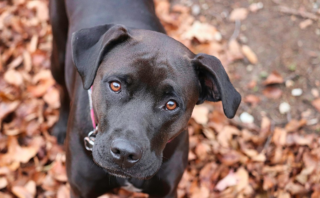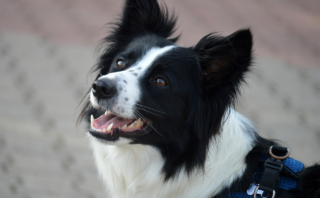Empower Your Child: 7 Fun Dog Training Techniques to Try
Training a dog is an excellent way for children to learn responsibility and develop a bond with their furry friends. It’s not just about teaching dogs new tricks but also about helping them understand their role within the family. Both the dog and the child can learn to communicate with each other, initiating a partnership built on trust and respect. Refining your child’s dog training skills can be an exciting and rewarding endeavor that can lead to a wonderful relationship between your child and their four-legged friend.

Basics of Dog Training
The foundation of successful dog training is ‘positive reinforcement’. Imagine going to work and not getting a salary, sounds unfair right? Just like us, dogs also need incentives to learn and execute commands. Treats, verbal praise, and petting are a few forms of positive reinforcement. Making training sessions a fun and enjoyable experience encourages dogs to learn efficiently.
Children should understand the importance of consistency in commands. Using the same command for a specific action can help the dog easily comprehend and correctly respond. The commands should be clear and simple words like ‘sit’, ‘stay’, ‘come’. Moreover, rewarding the dog immediately after it performs the command strengthens the understanding.
Patience and Stamina
Training requires a considerable amount of time and patience, traits that kids should learn and develop. Not all dogs learn at the same speed; some may catch on quickly, while others may take a longer time. Children have to understand that their canine friends might not always understand or follow through with commands instantly.
Age-Appropriate Training Tasks
For Younger Children (Ages 5-8)
Younger children can participate in basic training such as teaching the commands ‘sit’, ‘stay’, and ‘down’. They can also be involved in feeding the dog, helping them understand the importance of maintaining a regular schedule.
For Older Children (Ages 9 and above)
Older children can handle more complex training elements like ‘heel’, ‘leave it’, and ‘drop it’. They could also be trusted with responsibility for the dog’s exercise routine, like taking the dog for walks or playing fetch in the backyard.

Frequently Asked Questions
Q1: At what age should a dog begin training?
A1: Training should begin as soon as you bring the puppy home. However, formal training sessions should start when the puppy is about 8 weeks old.
Q2: Can all breeds of dogs be trained?
A2: Yes, all breeds can be trained. However, some breeds may require different approaches, depending on their temperament and innate characteristics.
Q3: How long should training sessions be?
A3: It’s recommended to keep sessions short, 5 to 10 minutes initially, to prevent the dog from losing interest. As the dog gets older and its attention span increases, sessions can be extended to 15 to 20 minutes.
Q4: Should kids train dogs without adult supervision?
A4: Parental supervision is crucial, especially during initial stages of training. It’s important to ensure that the training methods are safe and appropriate.
Q5: How can children correct a dog's mistakes?
A5: Children should be taught to be gentle and patient. Never yell or physically punish the dog. Instead, ignore the unwanted behavior and reward the desired behavior to reinforce positive behavior.
Conclusion
Inviting kids to participate in dog training can be an enriching experience for them. It helps teach kids about the essence of responsibility, patience, and empathy, while offering a unique way to bond with their furry friends. Providing guidance and support during this process is crucial in teaching both the child and dog the correct, respectful way to interact. Overall, dog training for children can be a delightful and rewarding endeavour, leaving an everlasting imprint on the child’s developmental journey.



